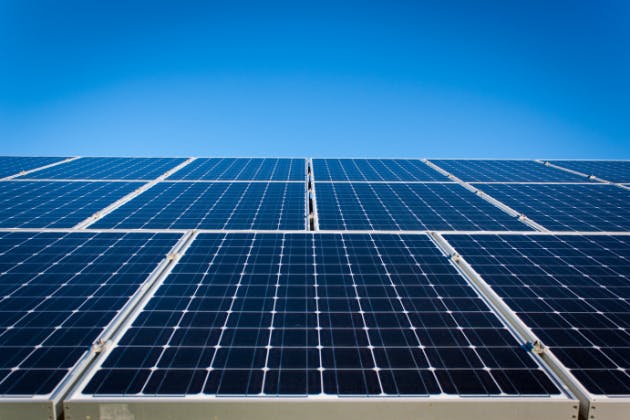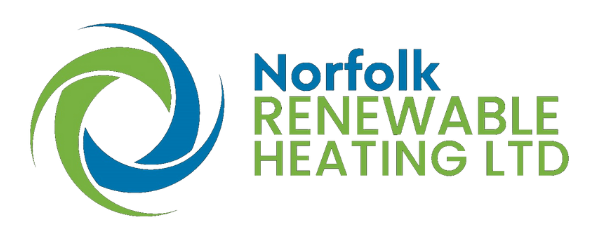Maintaining your solar panels might not seem urgent once they’re installed, but consistent care is essential for long-term performance. Whether you're in the heart of Norwich or a rural part of Norfolk, a proactive maintenance routine will help your system run more efficiently, last longer, and deliver the returns you expect.

Practical Maintenance Tips to Keep Your Solar Panels Performing at Their Best
Why Regular Maintenance Matters
Solar panels are built to last, but only with the right care. Dirt, leaves, bird droppings, and weather can all affect their performance. Even a light build-up of grime can reduce efficiency by as much as 25%.
Regular maintenance brings tangible benefits:
- Higher energy output
- Lower electricity bills
- Faster return on investment
- Extended system lifespan
Well-maintained solar panels can last 25–30 years. Skipping maintenance risks reduced efficiency and costly premature wear.
Seasonal Solar Panel Maintenance Checklist
Spring
- Clean panels after winter to remove grime and debris
- Trim back vegetation that may shade or obstruct sunlight
- Inspect for damage caused by snow, frost, or high winds
- Check mounts and wiring for movement or signs of corrosion
Summer
- Watch for dust build-up, especially during dry spells
- Clean during cooler hours (early morning or evening) to prevent thermal shock
- Ensure proper airflow around panels to avoid overheating
Autumn
- Clear fallen leaves and organic debris regularly
- Check panel angles to maximise low-angle sunlight
- Inspect mountings and seals ahead of harsher winter weather
- Apply weatherproofing if needed around joints and connections
Winter
- Gently remove snow using a soft brush or squeegee
- Avoid metal tools to prevent surface damage
- Inspect for ice-related strain on mounts and wiring
- Monitor output closely, as snow and freezing conditions can affect performance
Tools and Techniques for Safe Cleaning
Use the right tools to clean without damaging your panels:
- Soft-bristle brushes, microfibre cloths, or non-abrasive sponges
- Deionised or distilled water to prevent mineral residue
- Eco-friendly cleaners made for solar panels
- Hydrophobic coatings (optional) to repel water and reduce future build-up
Always follow safety guidelines and avoid climbing onto your roof unless properly trained and equipped.
Regular Inspection and Monitoring
Aim to carry out visual inspections at least once a month. Look for:
- Cracks or clouding on the panels
- Signs of loose wiring, corrosion, or nesting pests
- Unusual inverter messages or warning lights
- Cable damage from animals or weather
Review your system’s output using your inverter display or monitoring app. Sudden drops in performance that aren’t linked to weather changes may indicate a fault.
Update inverter firmware and monitoring software regularly to maintain performance and security.
Protecting Against Weather and Wildlife
- Secure all fixings to withstand wind, rain, and storms
- Install bird deterrents like netting or anti-roost spikes
- Use rodent guards if squirrels or wildlife are present
- Check seals and flashing to prevent water ingress
Knowing When to Upgrade Components
Even if your panels are still performing, other system components may need updating:
- Inverters: These typically last 10–15 years; consider upgrading to a newer, more efficient model
- Microinverters and optimisers: Useful if you have panels affected by shading
- Monitoring systems: Newer options offer real-time insights and remote alerts
Upgrades can improve system output, fault detection, and long-term efficiency.
Looking to keep your solar panels running efficiently in Norwich or Norfolk?
Norfolk Renewable Heating offers expert servicing and solar maintenance to keep your system in top condition. Call us today on 07824 393403 or 07939 979217, or fill out our contact form to book your inspection.

